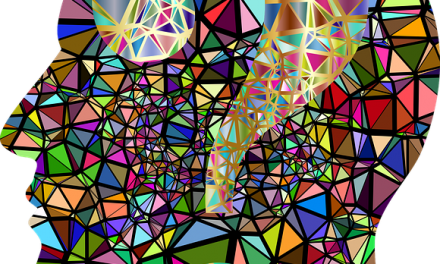
CREDIT
Dan Hixson/University of Utah College of Engineering
Many of us not so young folks got our first look at the concept of holograms in the iconic scene from Star Wars, in which R2-D2 projects a hologram of Princess Leia saying, “Help me Obi-Wan Kenobi, you’re my only hope?” Holography is essentially a photographic technique that projects the light reflected from an object. Today holograms are mostly static images, that make your eyes and brain believe you’re seeing something in 3-D, but most of them aren’t really all that persuasive. A team of University of Utah electrical and computer engineers are working feverishly to be the first to realistically display the vast quantities of detail embedded in a 3D image. The team’s technology was developed by computer engineering associate professor Rajesh Menon, along with University of Utah doctoral students Nabil Moham, Monjurul Meem and Xiaowen Wan, and is profiled in a new paper published July 19, 2017, in the current issue of Scientific Reports.
The paper, “Full Color, Large Area, Transmissive Holograms Enabled by Multi-Level Diffractive Optics,” outlines how their technology offers many new advantages over existing hologram technology. The team of engineers is able to produce full-color 2-D and 3-D holograms that are significantly brighter, can be viewed at wider angles and are very realistic. They claim all this can be done much more inexpensively than other hologram technologies.
Current hologram technologies
Current hologram technologies require lasers or other intense white light that is projected on an image. Only certain colors are reflected back to our eyes while the remaining colors of the spectrum are absorbed. This is very inefficient and doesn’t capture the brightness, sharpness or true colors of the object being projected. The University of Utah team has created a new methodology borrowing from the same principle of how some butterflies display their wing colors, where all the light is reflected back and none absorbed.
New Hologram Projection Differentiators
So, instead of absorbing light, the new technology leverages advanced algorithms and a new fabrication method, to project all the colors to appropriate locations. The strategy enables much brighter 2-D or 3-D photographic images with full, natural colors. Currently, full-color holograms require lasers to not only make them but also to view them. Most importantly, the new holograms created by the team’s technology can be projected with regular white light, like “just a piece of plastic and a flashlight.” The end result is the image detail viewed from any angle does not change, much like a real object.
Next Steps
The University of Utah team has so far only produced 2-D still images with their technology. But team lead Menon, says it is a small step to now move onto full-color 3-D moving images to produce holographic images like we saw in “Star Wars.” The University of Utah team has already started work on enhancing their technology to project 3-D video, which they hope can be done in two years. Menon has also launched a company called PointSpectrum to commercialize its potential uses, which could include billboards, kiosks, movie theaters, virtual reality headsets, and high-tech special effects.










